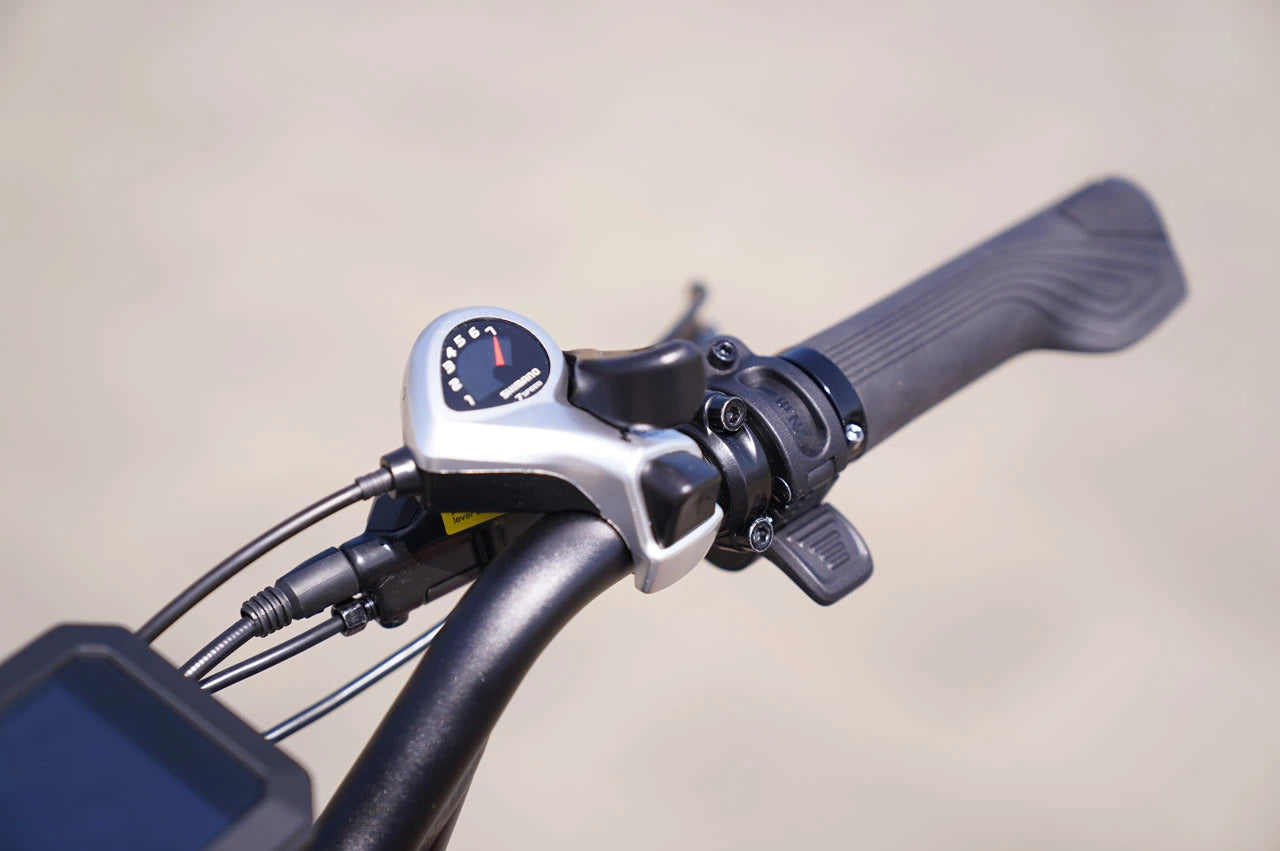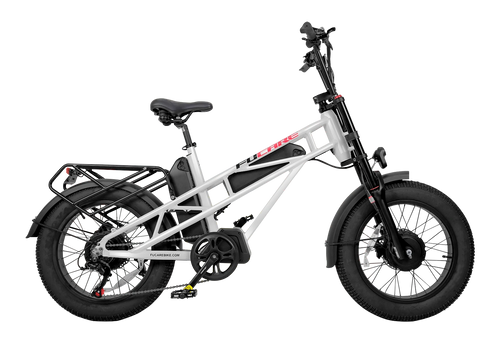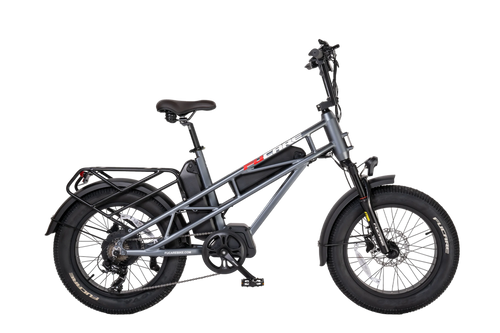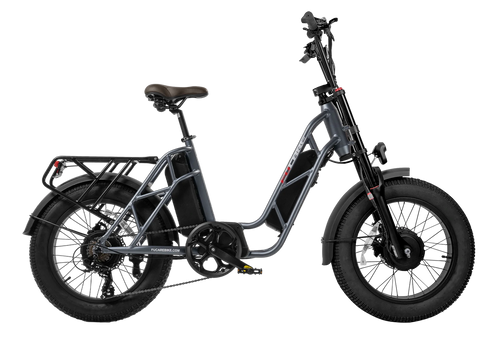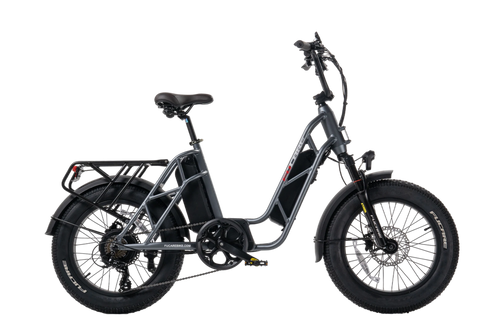E-Bike vs Moped: What is the Difference?
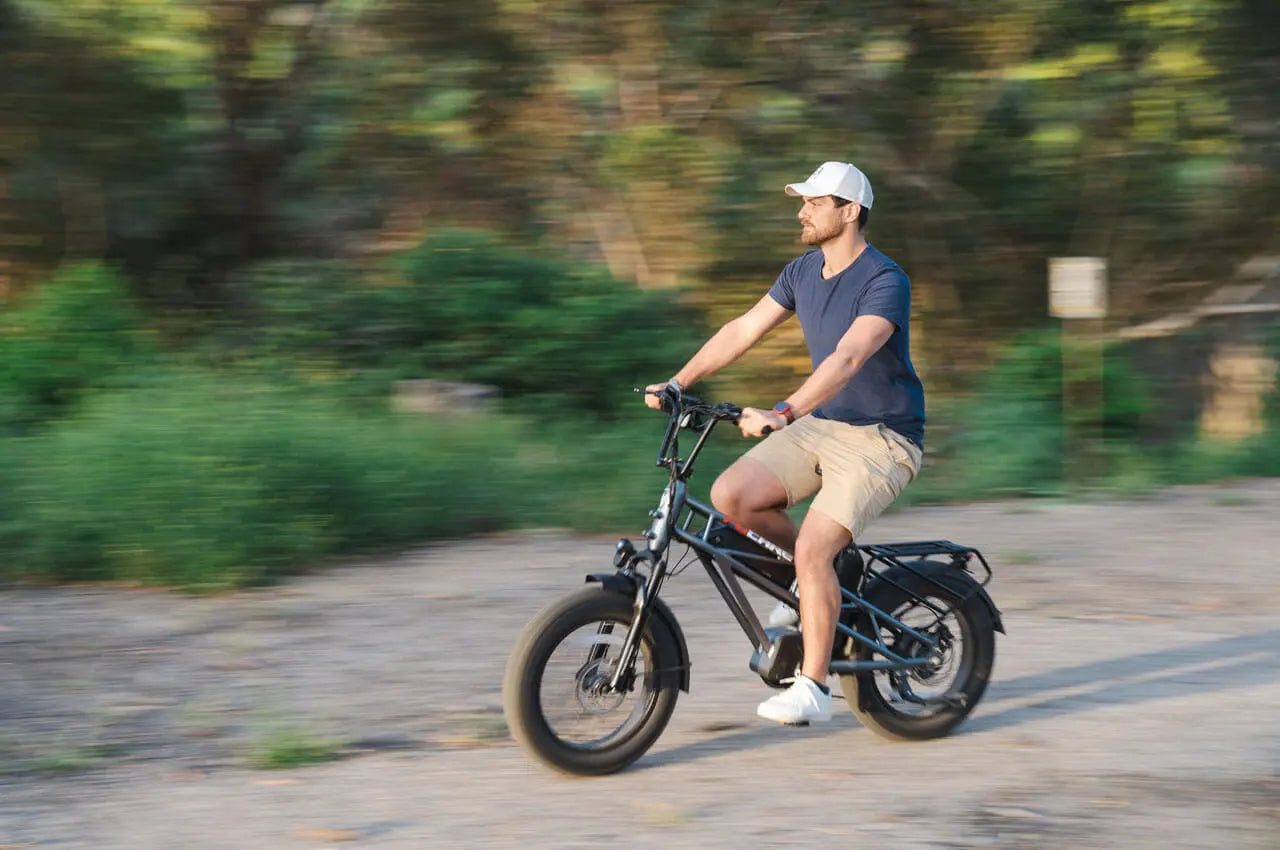
The main difference between an e-bike and a moped is that an e-bike requires pedaling with optional electric assistance, while a moped relies entirely on its motor for propulsion. E-bikes offer more versatility and lighter weight, whereas mopeds are motorized and often require licensing and insurance.
In this post, we compare the other differences between an eBike and eMoped so you can discover which is right for you.

What are Moped?
Mopeds resemble low-powered motorbikes. Unlike bicycles, they generally lack pedals and solely rely on their motor for movement. Consequently, mopeds are considered motor vehicles, requiring registration, licensing, and insurance in most regions. Their operation is restricted to streets, as they are not permitted on sidewalks or bike paths.
What are Electric Bikes?
Electric bikes are bicycles outfitted with an electric motor that supplements the rider's pedaling. This classification as bicycles exempts e-bikes from registration, licensing, and insurance requirements. Additionally, e-bikes offer greater versatility, allowing for travel on streets, bike lanes, designated paths, and even some off-road trails based on local regulations.
E-bike Vs. Moped: Key Differences

The Power of Pedals
One crucial difference lies in the presence of pedals. Starting with the aspect of physical exertion, one finds that e-bikes offer a unique blend of pedal power and electric assistance. Riders of e-bikes have the luxury of choosing how much effort they wish to put into their journey. Whether it's a leisurely ride with minimal effort, thanks to the electric motor, or a more vigorous exercise session by relying mainly on pedal power, e-bikes provide flexibility.
On the flip side, mopeds, which often lack pedals entirely, present a different style of riding. The individual merely takes a seat, initiates the engine, and allows the moped to take over, propelling forward without the need for pedaling. This characteristic positions mopeds closer to motorbikes in terms of operation.
Weight Matters
E-bikes, on average, tip the scales at a manageable 44 to 90 pounds, making them relatively easy to maneuver and even carry if the situation demands it. This lightweight nature is a boon for riders who may need to navigate stairs or tight spaces.
Contrastingly, mopeds present a more substantial presence, with weights ranging significantly higher, often between 150 to 200 pounds. This heft is indicative of their more robust build and motorized nature, aligning them more closely with motorcycles in terms of weight.
Engine Divergence
The heart of these vehicles, their motors, also presents a point of divergence. E-bikes are driven by electric motors, powered by rechargeable batteries. These batteries afford the rider the convenience of simply plugging in their vehicle to prepare for the next journey. The environmental footprint of this system is notably smaller, given its reliance on electricity.
Mopeds, however, offer a more varied landscape. While some modern mopeds embrace electric motors, echoing the e-bike's environmental consciousness, many still rely on gasoline engines. This reliance not only affects the environment differently but also mirrors the operational style of traditional motor vehicles.
Legalities and Licensing
E-bikes generally enjoy a more relaxed regulatory landscape. While some states might have specific regulations in place, most do not require a special license for e-bike operation.
Mopeds, given their motorized nature and closer alignment with motorcycles, often fall under more stringent regulations. Numerous states stipulate that moped riders must possess a specific type of license, such as a driver's or motorcycle license, with states like Pennsylvania, Texas, and Indiana being prime examples. This requirement underscores the perceived similarity between mopeds and more traditional motor vehicles in the eyes of the law.
Insurance Considerations
Similar to the legalities surrounding registration, insurance requirements for mopeds often mirror those of cars. Several states mandate liability insurance coverage for moped owners.
E-bikes, however, are typically exempt from such requirements. While securing insurance for your e-bike might be a wise decision for added peace of mind, it's not universally mandated by law.
Road Restrictions
E-bikes are classified similarly to regular bicycles. This grants riders the freedom to navigate through parks, designated car-free zones, and even explore off-road terrains. They seamlessly traverse both paved and unpaved paths, making them ideal for adventurous journeys.
Mopeds, however, encounter certain limitations. Mopeds are restricted to regular roads, hindering their ability to explore diverse terrains or navigate through car-free zones. This limits their appeal for riders seeking a more versatile travel experience. Furthermore, unlike e-bikes that can utilize convenient bike parking spaces, mopeds require regular car parking.
Choose Your Ebike At Fucare
As with any choice, there are distinct advantages and considerations between ebikes and electric mopeds. Ultimately, we believe you'll be thrilled with your decision, whichever path you take.
Have you ever envisioned an ebike as your new mode of transportation or a way to add a spark to your daily life?
If an e-bike is your pick, Fucare has the perfect match. We cater to all types of riders with our diverse selection.
At Fucare, our ebikes are meticulously crafted to provide all the necessary features for a secure and enjoyable ride. From pedal assist to throttle assist, hydraulic disc brakes, and a high-caliber battery, our offerings are engineered to ensure your safety and comfort on every journey.
Continue reading
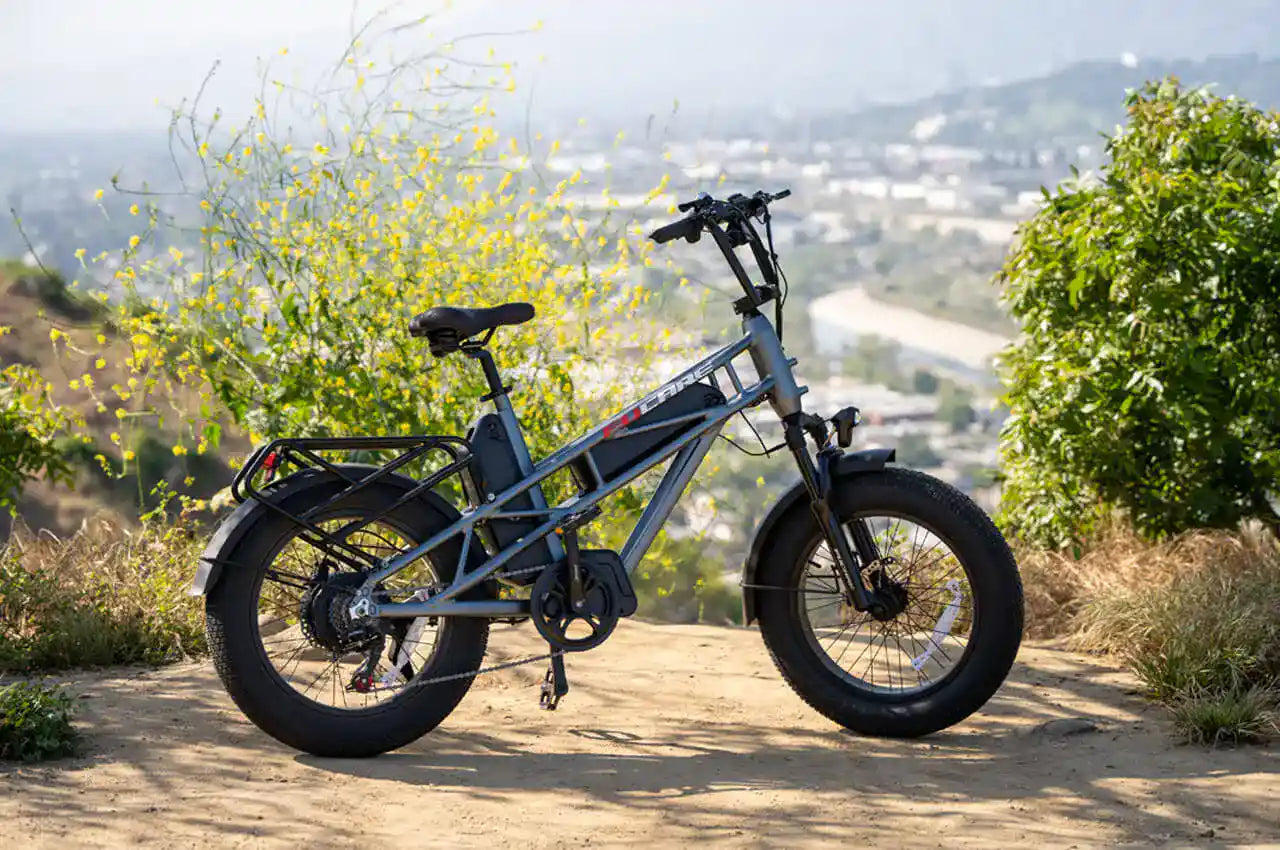
How to Unlock Your Fucare Ebike’s Top Speed
